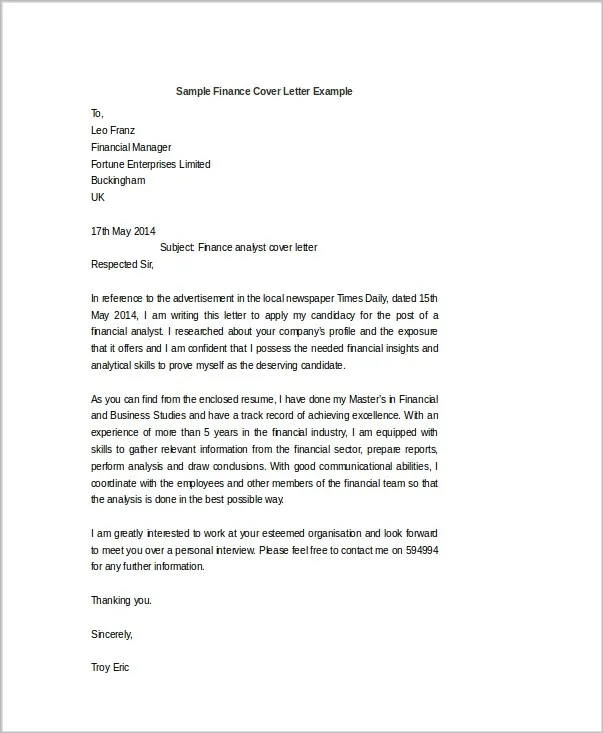Understanding Internal Promotion
Internal promotion is the process of advancing to a higher-level position within the same company you currently work for. It’s a significant career move that offers numerous advantages over external hiring. Understanding the nuances of internal promotion, including the company’s policies and procedures, is crucial. This involves knowing the requirements for the target role, the internal application process, and the key individuals involved in the decision-making process. Companies often prefer promoting from within because it reduces the time and cost associated with onboarding new employees and leverages existing knowledge of the company culture and operations. Successfully navigating the internal promotion process requires strategic planning and a proactive approach, including networking and showcasing your skills and achievements.
Why Internal Promotion is Important
Internal promotion provides employees with a clear path for career growth and demonstrates a commitment to employee development. Companies that prioritize internal promotion often experience higher employee morale and retention rates. Employees are more likely to feel valued and motivated when they see opportunities to advance within the organization. This, in turn, can lead to increased productivity and a more positive work environment. The process also reduces the learning curve associated with a new role, as the promoted employee already understands the company’s values, processes, and culture. Internal promotion allows companies to retain valuable talent and reduce the risk of losing experienced employees to competitors. It also fosters a culture of continuous learning and improvement, as employees strive to develop the skills necessary to advance their careers.
Benefits of Internal Promotion
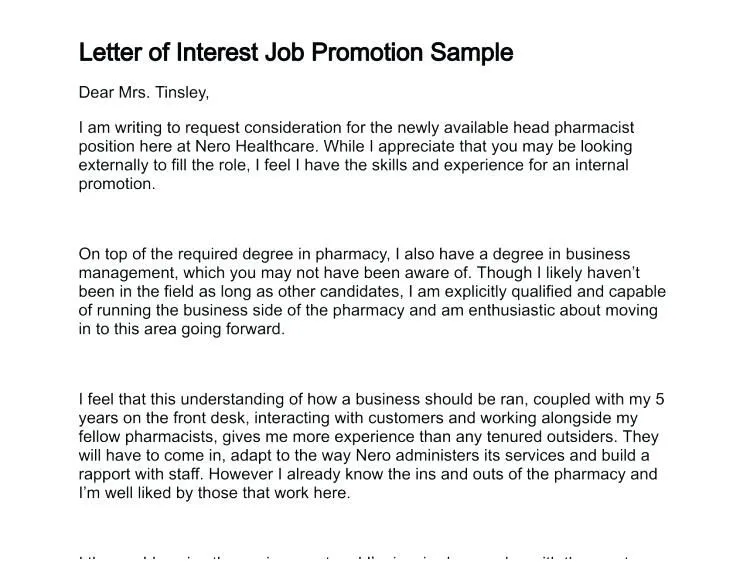
Internal promotions offer several benefits for both employees and the company. For employees, it provides a chance to advance their careers, increase their earning potential, and take on new challenges without the uncertainties associated with changing companies. Employees already understand the company culture, its values and internal structures. For the company, internal promotions are a cost-effective way to fill vacancies, as they reduce the need for external recruitment and onboarding costs. Promoting from within also boosts employee morale and reduces turnover rates, leading to a more stable and experienced workforce. Moreover, internal promotions leverage existing employee knowledge and experience, allowing for a smoother transition into new roles and improved overall productivity. The company also benefits from a more motivated and engaged workforce.
Crafting a Compelling Cover Letter
A well-crafted cover letter is essential for a successful internal promotion application. It’s your opportunity to showcase your qualifications, highlight your achievements, and demonstrate your enthusiasm for the role. Unlike an external cover letter, an internal letter can be tailored to your existing relationship with the company. The cover letter should clearly state the position you are applying for and why you are interested in it. It should summarize your relevant experience and skills, emphasizing accomplishments and contributions that align with the job requirements. Focus on the value you bring to the company and how your promotion would benefit the organization. Be professional and enthusiastic in your tone. Proofread carefully before submitting your cover letter.
Researching the Role and Company
Thorough research is critical before writing your cover letter. Start by carefully reviewing the job description, understanding the specific requirements, responsibilities, and qualifications needed for the role. Research the team you would be joining and the company’s current goals and initiatives. Demonstrate your understanding of the position by highlighting how your skills and experience align with the job requirements. This shows that you’ve taken the time to understand what the company is looking for. If possible, speak with someone in the role or within the department to gain insights into the day-to-day activities and expectations. This preparation will help you tailor your cover letter and showcase your suitability for the position. Also, analyze your achievements and think of how the new role would affect your responsibilities and benefits.
Highlighting Relevant Skills and Experience
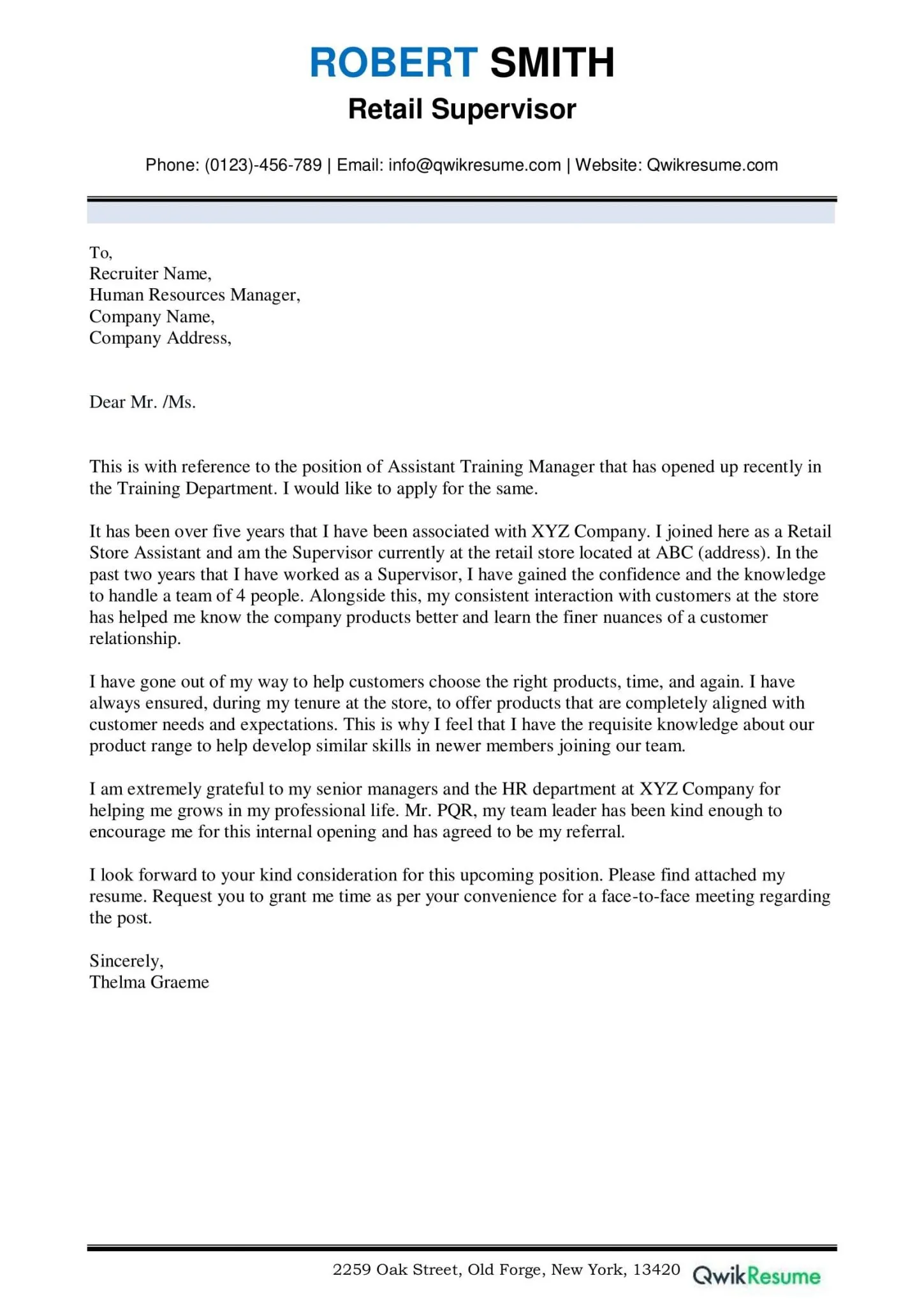
Your cover letter should clearly showcase how your skills and experience match the job requirements. Identify the key skills and qualifications mentioned in the job description and provide specific examples from your work history that demonstrate your proficiency in those areas. Use action verbs to describe your accomplishments and responsibilities. For instance, instead of saying ‘responsible for managing projects,’ say ‘managed projects, resulting in a 15% increase in efficiency.’ Tailor your examples to the specific role, emphasizing accomplishments relevant to the new position. It is essential to show how your skills and experiences align with the new role, as it will demonstrate the value you can bring to the company. This is a critical step that shows you are ready for a promotion and what kind of worker you are.
Quantifying Achievements and Results
Whenever possible, quantify your achievements and results to demonstrate your impact. Use numbers, percentages, and data to illustrate your contributions to the company. For example, instead of saying ‘improved customer satisfaction,’ say ‘improved customer satisfaction scores by 20% through implementing a new customer service strategy.’ Quantifiable achievements provide concrete evidence of your capabilities and make your cover letter more compelling. This approach provides a clear picture of the results you’ve achieved and how you can contribute to the organization. Using metrics and data underscores your ability to add value to the new role. This step is a great way to present your value to the company and prove you are an asset.
Formatting Your Cover Letter
A well-formatted cover letter is easy to read and professional in appearance. Use a standard business letter format, with your contact information at the top, the date, and the hiring manager’s contact information. Maintain a clear and concise font, like Arial or Times New Roman, with a font size between 10 and 12 points. Use headings and bullet points to organize your information and make it scannable. Keep paragraphs relatively short and concise, and use white space effectively to improve readability. Proofread your cover letter carefully for any grammatical errors or typos before submitting it. The formatting should be clean, easy to follow, and reflect a professional image. Make sure you have all the right information, and that it all matches the standard formatting.
Choosing the Right Tone and Language
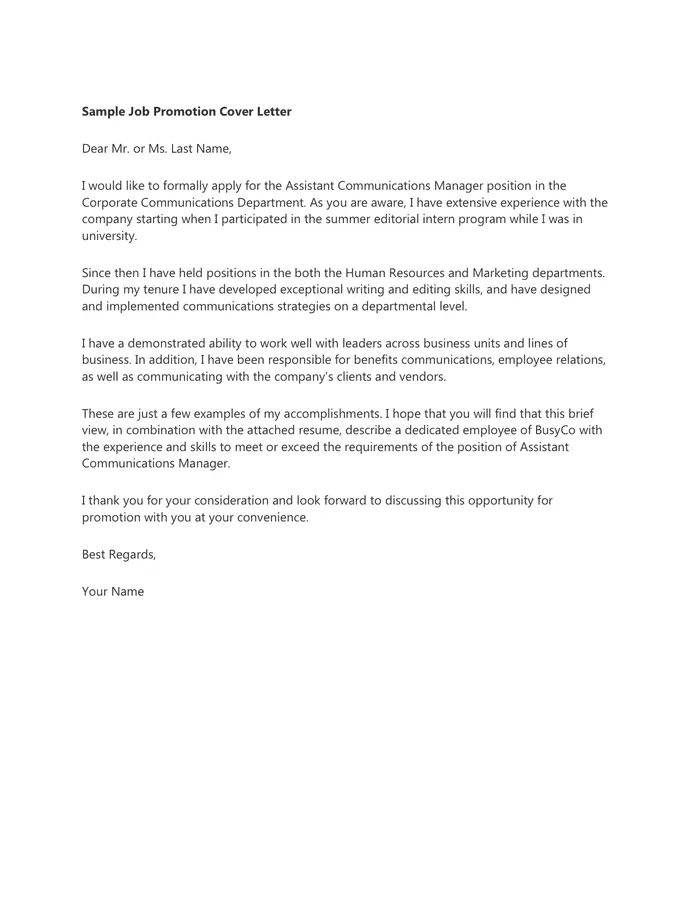
Your cover letter’s tone and language should be professional, confident, and enthusiastic. Tailor your language to the company culture and the specific role you’re applying for. Highlight your accomplishments and express your interest in the position, but avoid sounding arrogant or entitled. Maintain a respectful tone, addressing the hiring manager appropriately. Use strong action verbs to describe your skills and experience, and proofread carefully to eliminate any grammatical errors or typos. Choose words that reflect your personality and show your passion for the role. The language you use is important, as you are aiming to project a professional and knowledgeable image. This step will prove you have great communication skills as well.
Writing a Strong Opening and Closing
The opening paragraph is your first opportunity to grab the hiring manager’s attention. Clearly state the position you’re applying for and how you learned about the opportunity. Briefly highlight your most relevant qualifications and express your enthusiasm for the role. In the closing paragraph, reiterate your interest in the position and thank the hiring manager for their time and consideration. Reiterate your key qualifications and express your eagerness to discuss your application further. End your letter with a professional closing, such as ‘Sincerely’ or ‘Best regards,’ followed by your name. Make sure the opening and closing reflect your interest and excitement about the position. This is a critical step in getting the hiring manager’s attention and keeping them interested in your qualifications.
Cover Letter Examples for Different Roles
The following examples provide a basic template for your cover letters. Remember to customize them to match your specific experience and the target role. Each example should clearly state the position and showcase relevant accomplishments, skills, and experiences to fit the requirements. Be sure to research the company and the role and tailor each example accordingly to maximize its impact and demonstrate your qualifications. Modify the examples to fit your personal experience to ensure authenticity and provide a compelling picture of your potential contribution.
Example 1 Sales Manager
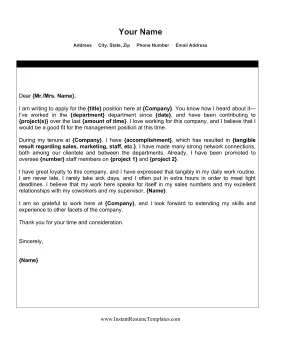
Dear [Hiring Manager name], I am writing to express my interest in the Sales Manager position, as advertised on [Platform]. With five years of experience in sales and a proven track record of exceeding targets, I am confident I can excel in this role. I consistently increased sales by 20% in my previous role at [Previous Company] by implementing new sales strategies. I possess strong leadership and team-building abilities and a deep understanding of customer relationship management. I am adept at analyzing market trends and developing effective sales plans, and I am eager to contribute to the continued success of [Company Name].
Example 2 Project Manager
Dear [Hiring Manager name], I am writing to express my interest in the Project Manager position, as advertised on [Platform]. With a solid background in project management and a successful history of delivering projects on time and within budget, I am confident in my ability to take on the challenges of this role. During my time at [Previous Company], I successfully managed [Number] projects and consistently met all deadlines. My strengths include risk management, stakeholder communication, and team leadership. I am eager to leverage my skills to successfully deliver projects and to contribute to the organization.
Example 3 Marketing Specialist
Dear [Hiring Manager name], I am writing to express my interest in the Marketing Specialist position, as advertised on [Platform]. With a strong background in marketing and a demonstrated track record of driving marketing campaign success, I am confident I can excel in this role. In my previous role at [Previous Company], I increased web traffic by 30% through SEO initiatives. My proficiency includes content creation, social media management, and data analysis. I am eager to apply my expertise to drive brand awareness and customer engagement at [Company Name].
Key Takeaways for Success
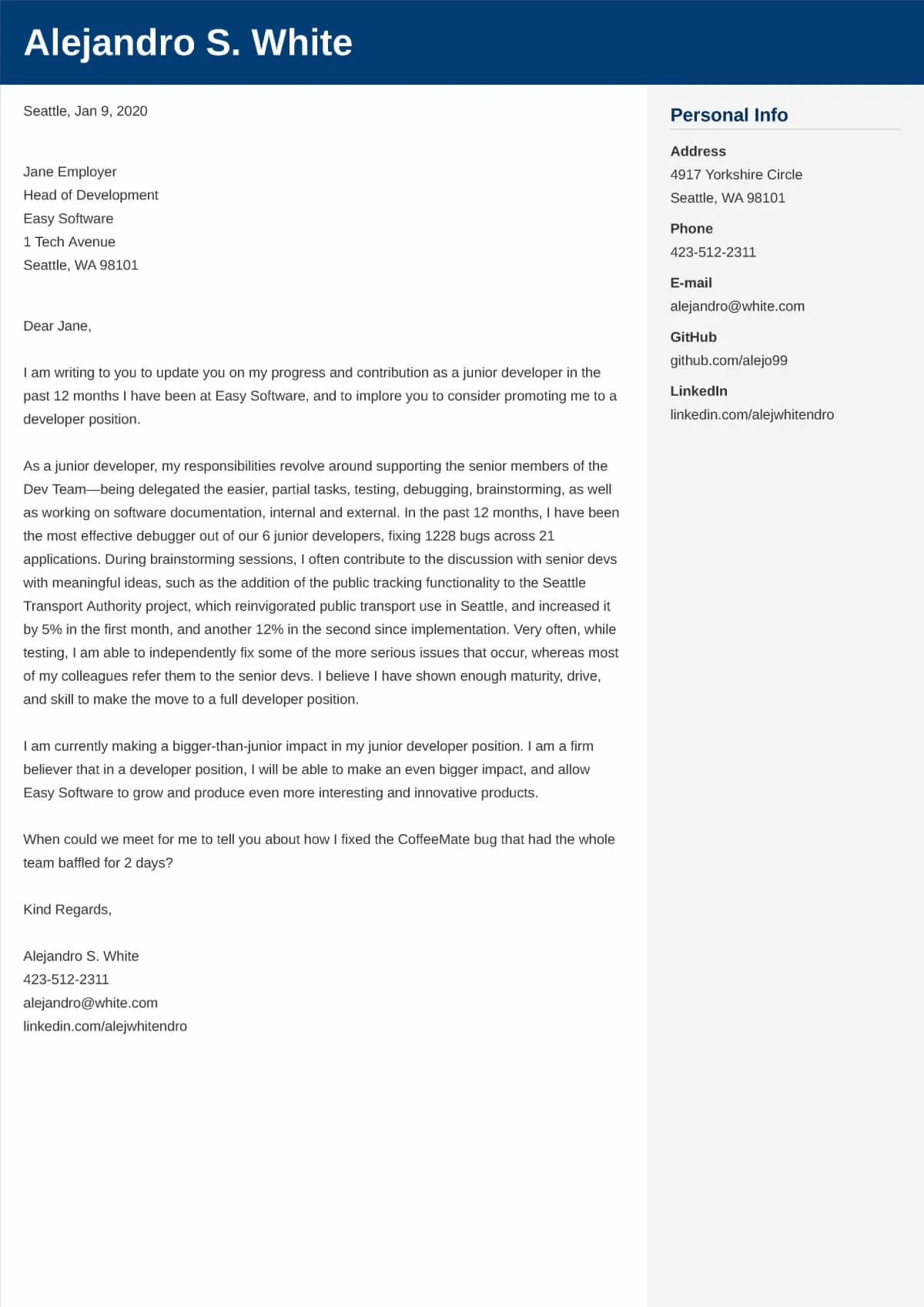
To ensure your success with an internal promotion application, remember these key takeaways: tailor your cover letter to the specific role and company, highlighting your relevant skills and experiences; quantify your accomplishments with data and metrics; proofread your cover letter carefully for any errors; demonstrate your enthusiasm and interest in the new role. Seek feedback from colleagues or mentors on your cover letter, and practice your interview skills. By following these tips, you’ll increase your chances of landing the promotion. Always show that you understand the new role’s requirements, and that you have the skills required to succeed in the position.
